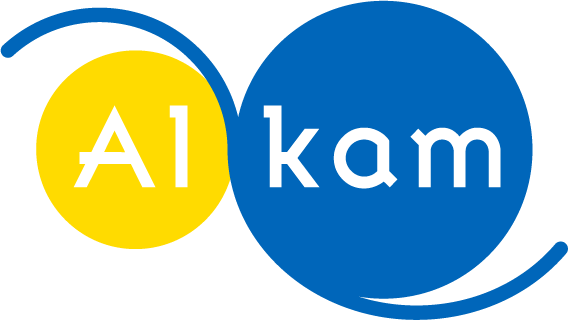Environmental labeling 2023: application in practice, examples and Q&A
- Alkam
- Feb 26
- 2 min read
Sommario
intro
What information can help you?
Free verification of your label
Introduction
On Friday, June 16, we held a webinar on a very timely topic:
environmental labeling 2023!
Together with Gianluca Anelli, quality responsbaile at Alkam, we delved into the main changes as a result of the European directives regarding environmental labeling and how these will affect your product labels.
These EU-level directives were then reworked by CONAI (national packaging consortium), which produced specific guidelines for the Italian market.
What information can be helpful to you?
The >5% rule
During the webinar we explained the >5% rule and why it is important.
Specifically, in the case of manually non-separable packaging it is considered that: where the weight of the secondary material is less than 5% of the total weight
of the pack, the packaging is considered to be the same as a monomaterial.
Where the packaging is laminated or treated with another material, other than packaging materials (e.g., glues, ceramics, adhesives, inks, rubber), it is to be considered as monomaterial.
The UNI 11868 standard
Speaking instead of graphics and colors of symbols that must be present on the label there is no standard that imposes precise rules so a company has graphic freedom in its labels.
However, there is a standard (UNI 11686) that although it does not impose obligations, provides advice as a kind of guideline. It in fact helps you define the colors of waste in different materials and the visual identification elements to be placed on the bins. The purpose is to simplify the recognition of waste by the end consumer.

Coding tables for different types of materials
We also delved into the codings for materials:
paper
wooden,
metallic,
poly-bonded,
plastic packaging.
Verify your label
We also give you a free opportunity to check whether the symbols on your label meet the new sustainability guidelines: fill out the appropriate form by clicking here.
We will check to make sure all the details meet the guidelines and what, if anything, should be improved.
To review our label tables and examples, we leave you the webinar recording above.
If you should have any questions: contact us

Comments